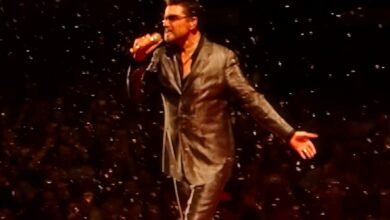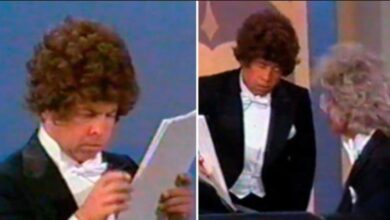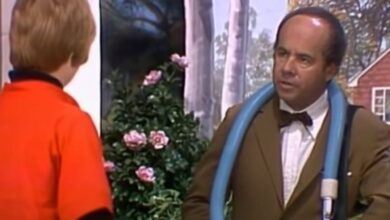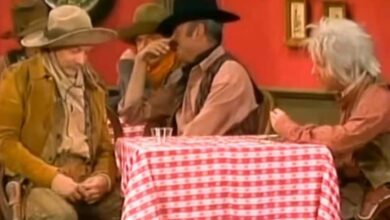In The 1950s, Everyone Was Familiar With This Dance, Do You Remember It Today
In February 1958, “The Stroll” emerged as a dance sensation that captivated American high school students and social gatherings, embodying the energetic spirit of the burgeoning rock ‘n’ roll culture. This line dance, which originated in African American communities, quickly became a staple of teenage life, driven by its feature on Dick Clark’s influential television show, *American Bandstand*. The visibility on television played a crucial role in popularizing the dance, as teenagers across the nation eagerly adopted and adapted it for their local sock hops and gym dances.
“The Stroll” was more than just a dance; it was a cultural symbol that captured the social dynamics of the 1950s. It involved participants forming two lines facing each other, creating a central aisle. Couples then took turns strutting down this aisle in sync with the music, often incorporating personal style and flair into their movements. This format allowed for both group participation and individual expression, reflecting the era’s emphasis on self-discovery and communal engagement among the youth.
The soundtrack to this dance was provided by The Diamonds, a Canadian vocal group renowned for their doo-wop style. Their hit song “The Stroll” became synonymous with the dance craze, perfectly capturing the upbeat, carefree vibe of the era. Lead singer Dave Somerville’s rich baritone voice and the group’s smooth harmonies contributed significantly to the song’s appeal, making it the quintessential accompaniment to the dance craze.
The dance’s popularity soared rapidly, transcending racial and social barriers in a time of significant segregation in the United States. Its simplicity made it accessible to a wide audience, while its inherent fun and rhythm made it a hit among teenagers eager to be part of the latest trend. The enthusiasm for “The Stroll” was evident in how quickly it became a fixture at parties and social events, where teenagers would dress up and line up for their turn to “stroll” down the aisle, embodying the optimistic and rebellious spirit of post-war America.
“The Stroll” not only defined a moment in dance history but also played a role in shaping the social landscape of the 1950s. Its infectious energy and the communal nature of the dance provided a shared experience that connected young people across different backgrounds. This dance craze left a lasting impression, serving as a joyful reminder of a time when music and dance brought people together in celebration of a new and exciting cultural era.
?si=CbHsPwTM-VodZAIG





